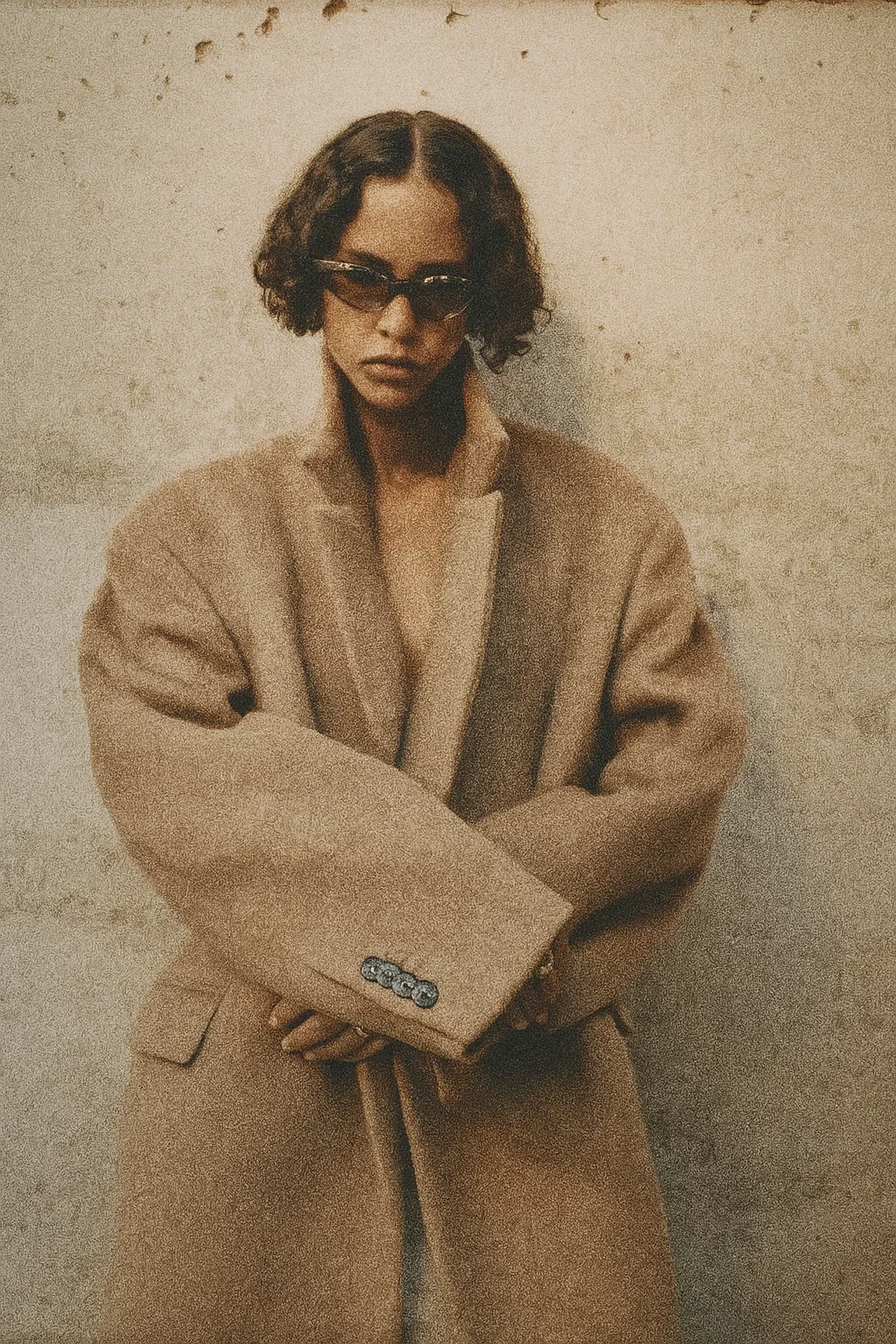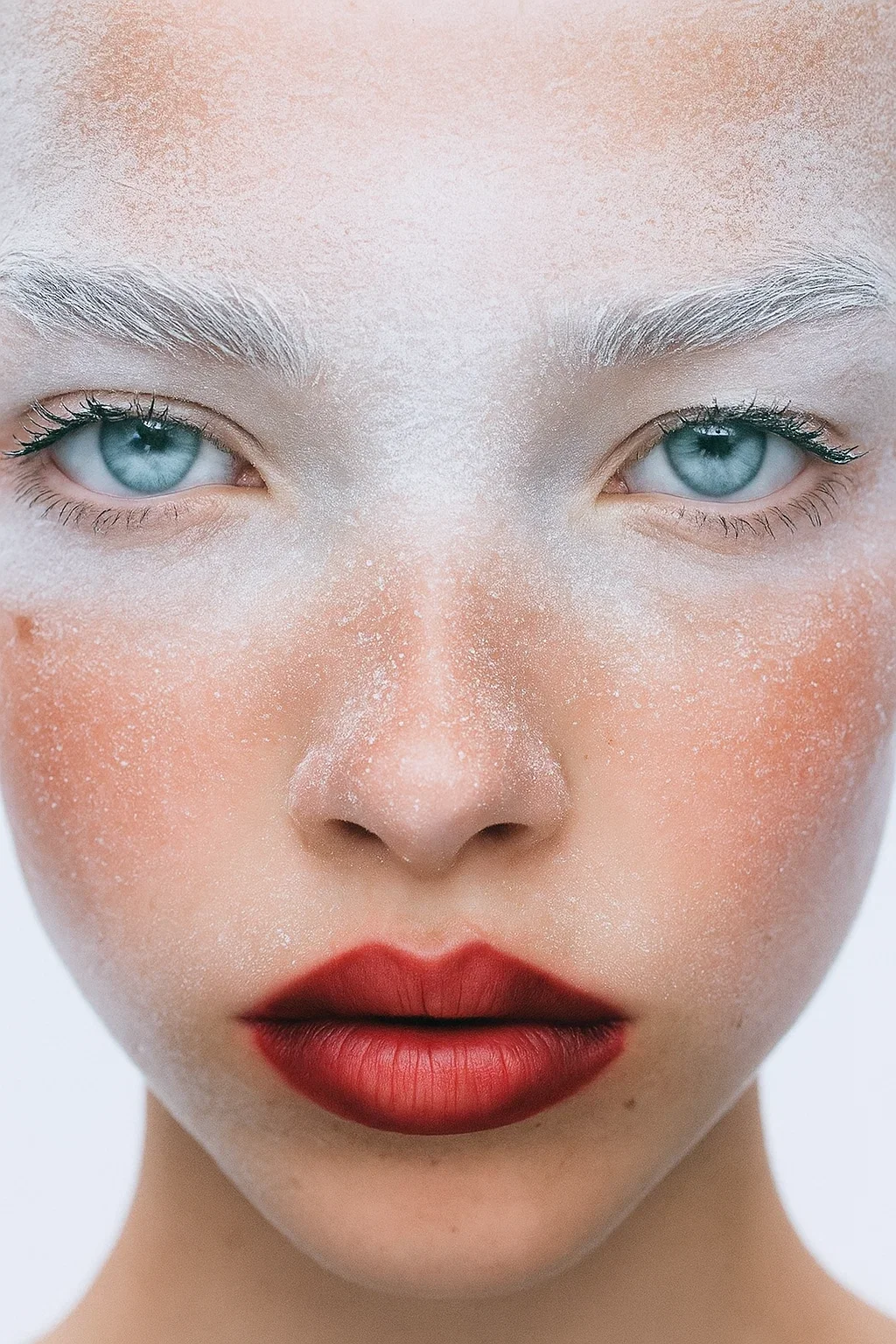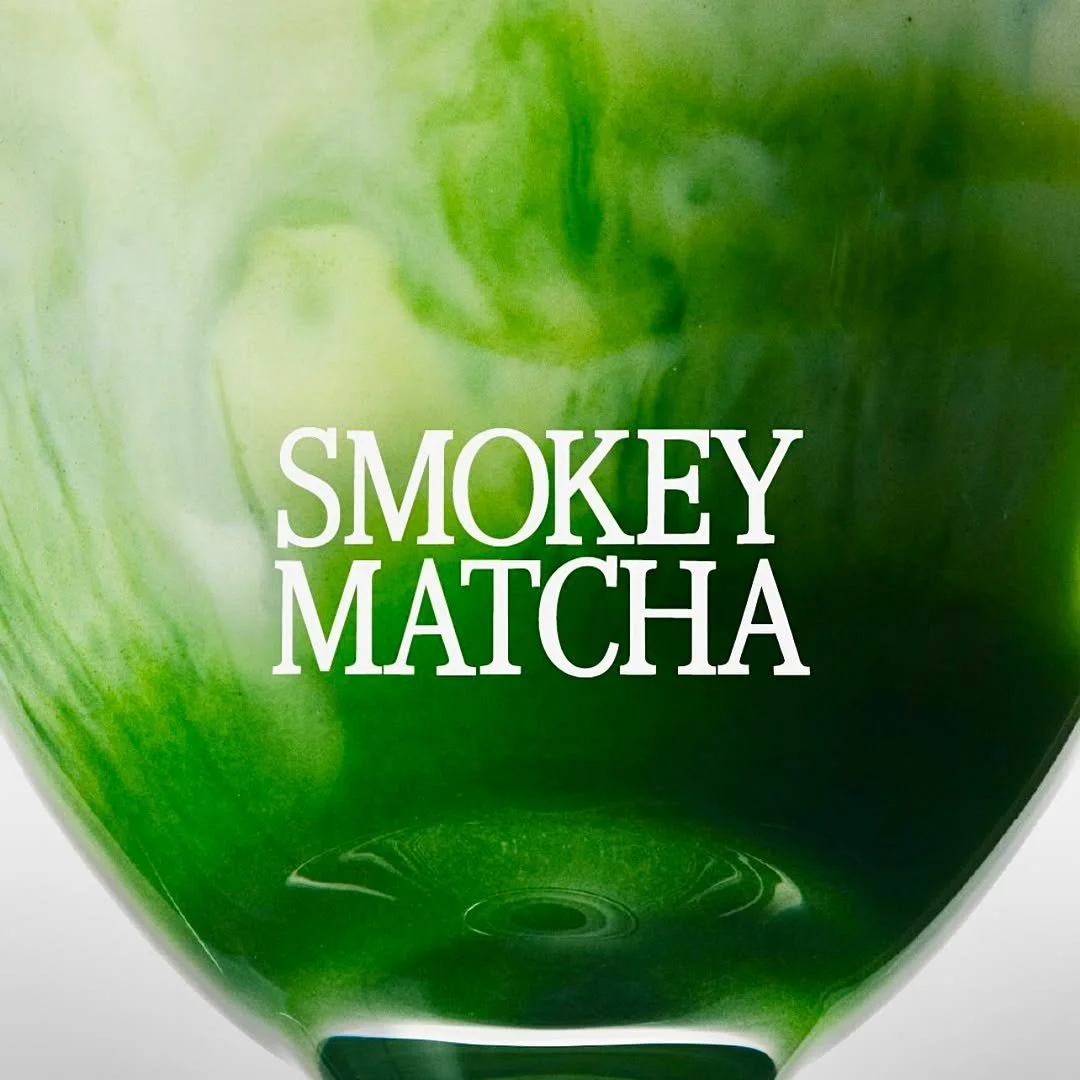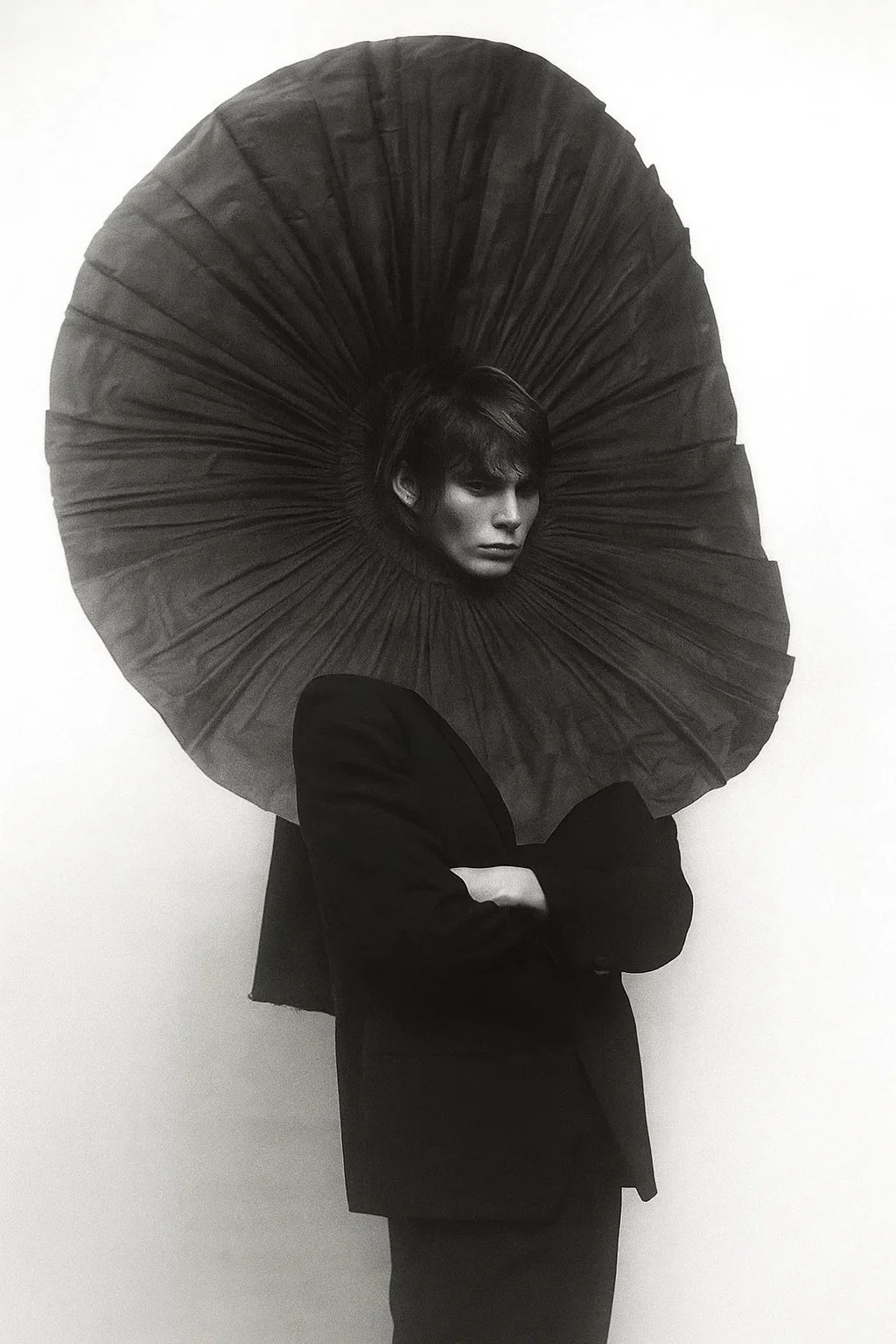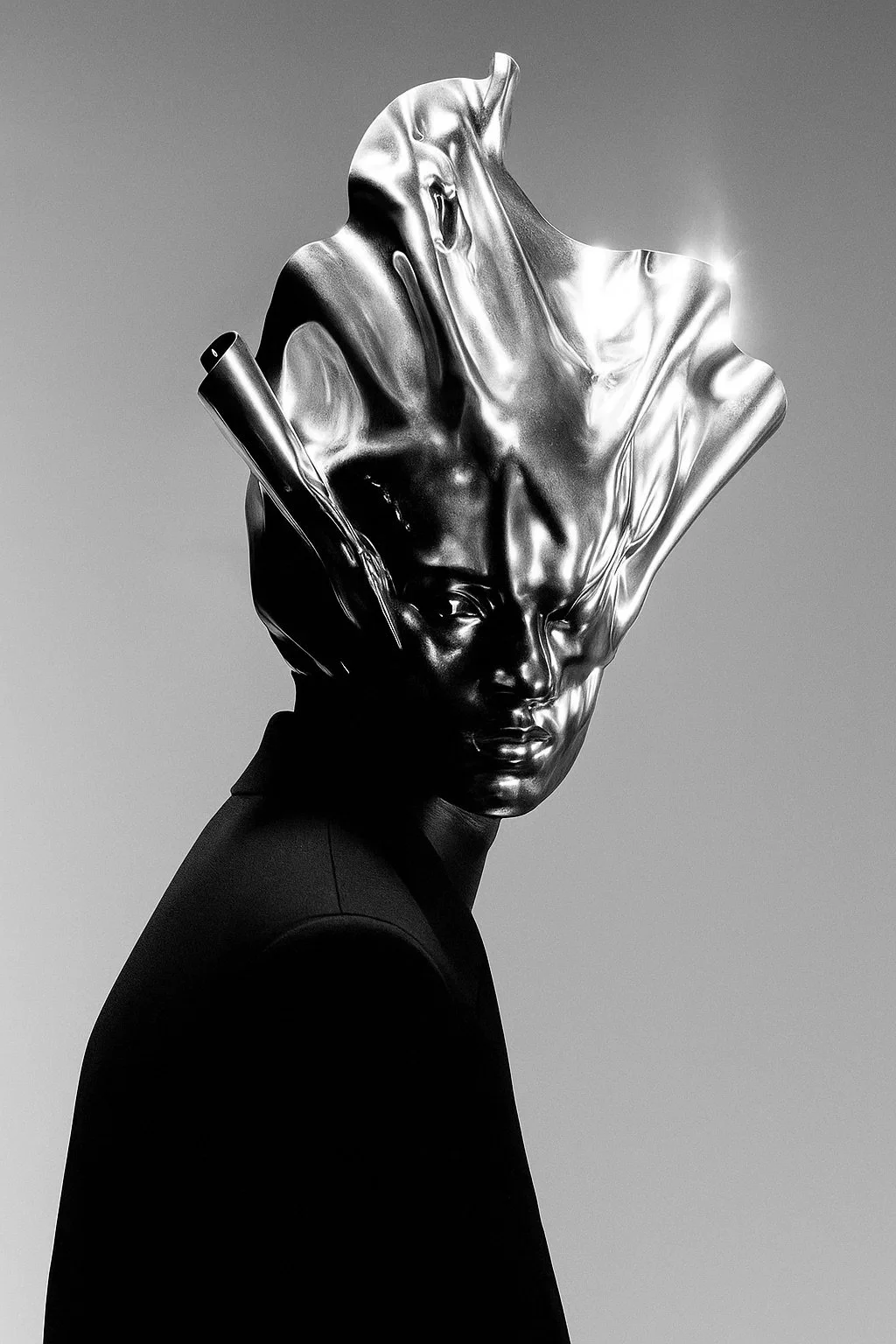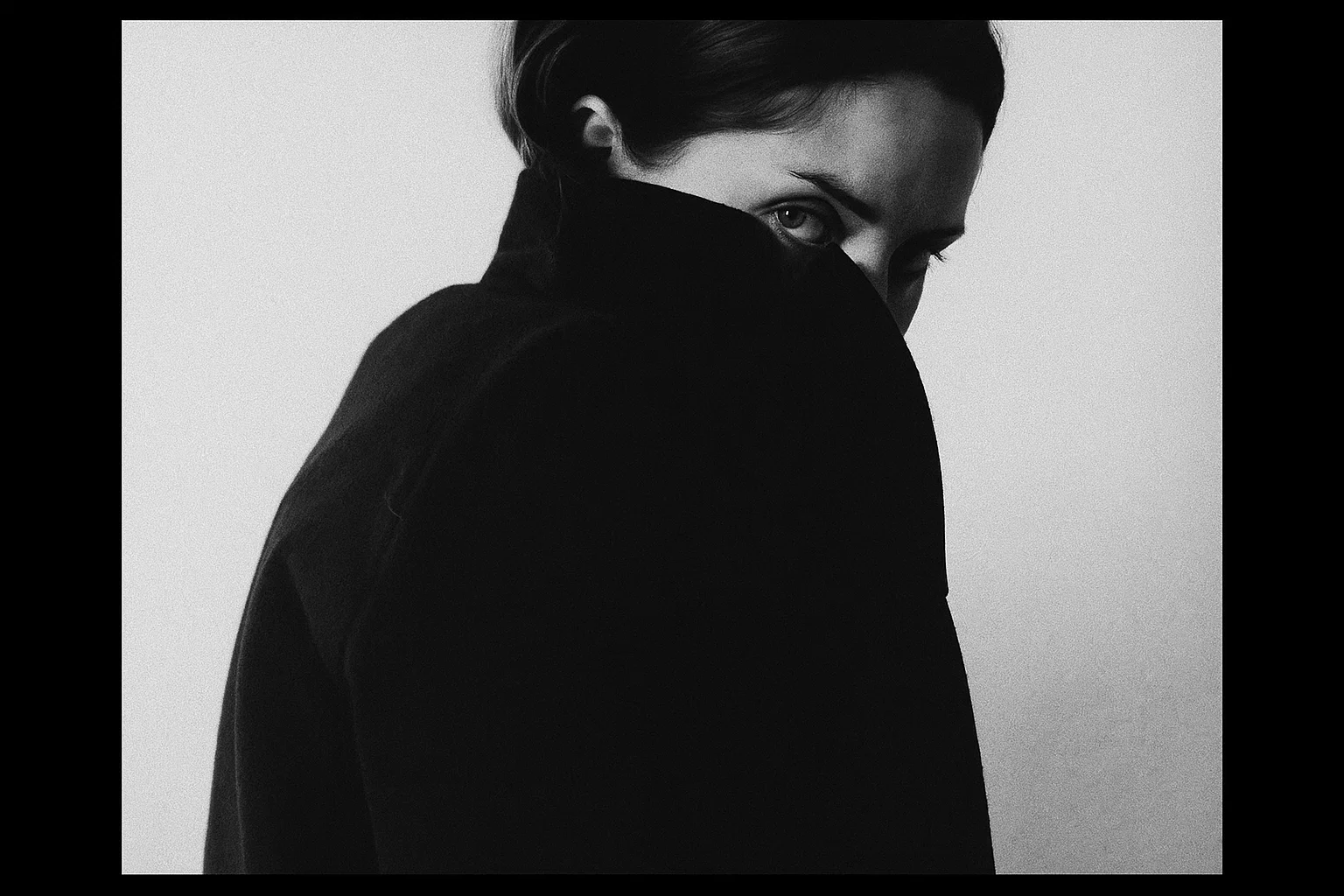From Buzz
To
Business
How to Create Viral
Content That
Converts
Virality is no longer a matter of luck — it’s the result of strategy. To turn content into sales, it’s not enough to “catch a trend” or post a lucky video. The brands that succeed work systematically: combining UGC, short-form video, paid promotion, emotional storytelling, and authentic branding that reflects their cultural identity.
What Cédo Offers
Always-on UGC Program: continuous campaigns for collecting reviews and user content in various formats, including challenges and entertainment-based activations.
UGC and Creator Content Management: sourcing, moderating, and curating creator-generated materials.
Cédo case: For an international beauty brand, we launched a UGC-driven campaign on TikTok and Instagram. Instead of standard ad integrations, we created a series of short GRWM videos and micro-trends where the product appeared as a natural part of the beauty routine — not a forced ad insert.
The results: over 250 organic videos in three weeks, 730,000+ views with zero paid media, and a complete sold-out at two major U.S. retailers within the first month.
84% of people are more likely to trust a brand that uses user-generated content in its marketing campaigns.
Social media campaigns featuring UGC show a 50% increase in engagement.
Brands that incorporate UGC see a 29% higher online conversion rate compared to those that don’t.
Ads featuring UGC deliver a 4x higher CTR.
In 2025, the market and budgets have been following creators: for the first time, content creators are surpassing traditional media in advertising revenue. This validates the shift toward UGC and creators as the primary drivers of attention.
Why It Works
Content created by users themselves drives higher trust and engagement than professional advertising.
People are more likely to share their own experiences and respond to authentic stories from other consumers.
User-Generated Content (UGC)
Case: Doritos (USA, Super Bowl LIX 2025) — the brand brought back its iconic “Crash the Super Bowl” UGC contest, inviting users to create their own videos for a chance to see their video air during the Super Bowl.
Short-form video remains the leading driver of engagement and virality. The growing popularity of TikTok, Instagram Reels, and YouTube Shorts has fueled an explosion of bite-sized video content — a perfect format for quick-turn ad campaigns. Short videos are the key to going viral on both TikTok and Reels.
Short-Form Video: Reels, Shorts, TikTok
Meanwhile, Meta CEO Mark Zuckerberg reported that Instagram has reached 3 billion monthly active users, with Reels being one of the platform’s main growth drivers and a major focus for future updates.
According to YouTube CEO Neal Mohan, Shorts now generate around 200 billion daily views, a massive jump from last year’s average of 70 billion — nearly a 186% increase in just one year.
In the FMCG sector in Poland, TikTok performs 58% better than average media channels, delivering the highest ROI across all groups. In retail, TikTok is also 48% more effective than average media.
Durex TikTok campaign boosted offline sales by 14%.
Production of viral short-form videos and turnkey challenge launches
At the same time, overall engagement across platforms is declining — Facebook dropped 36%, Instagram 16%, and TikTok 34%. The winners are those who optimize for the first few seconds and maximize viewer retention. Capturing and holding attention fast is now critical.
What Cédo Offers
Trend monitoring and analysis across TikTok, Reels, and YouTube Shorts — tailored to each brand’s category, country, and cultural context.
Cultural Relevance and Authenticity
A key challenge for brands today is balancing uniqueness with modern trends.
Brands are shifting away from “perfection” toward lifestyle and conversational content — formats that feel authentic and drive stronger engagement and sharing. When audiences feel heard, trust, reach, and participation grow naturally.
According to Kantar, emotional campaigns increase future brand demand by 61% and boost engagement by 50%. The same study found that German campaigns are 20% less emotional than the European average, focusing instead on rational messages — product features, numbers, and recommendations. The German market, in particular, needs an “emotional shift.”
McDonald’s — When the brand brought back the Chicken Snack Wrap, it published an open letter admitting that the decision came directly from community demand. The post received thousands of reactions. McDonald’s continued to build on user-generated content — comments, memes, even updating its Facebook cover with fan quotes. When a brand shows transparency and responds to real community voices, virality happens naturally.
Oatly — For its Spring/Summer 2025 Lookbook, Oatly turned oat milk into a fashion show. Inspired by Fashion Week, the brand released a series of visuals where “looks” represented oat milk recipes — salted banana split, cherry Bakewell soda. Each recipe was presented with editorial-style photography and witty copy, like a page from a fashion magazine. The campaign became a standout example of how to use cultural codes without losing brand DNA.
Oatly doesn’t mimic influencers — instead, about a third of their content is created by influencers, crafted to match Oatly’s aesthetic. The brand weaves trends into its own visual language — and that’s how it maintains leadership.
Cédo Insight
Cultural relevance isn’t about blindly following trends — it’s about speaking the audience’s language. When a brand communicates honestly, the audience responds with engagement, trust, and loyalty. Authenticity is the ability to shape trends around your identity, not the other way around.
What Cédo Offers
We know how to translate brand values into visual worlds — and make them sell:
Capsule systems that adapt to cultural codes (football in Spain, Oktoberfest in Germany, Independence Day in the U.S., or Christmas family values).
Emotional storytelling through AI worlds: campaigns where the brand doesn’t just sell, but speaks the language of emotion.
Content strategy for emotional engagement: storytelling that makes audiences feel seen and heard.
Cultural DNA audit: identifying emotional touchpoints that increase engagement and drive demand.
Cédo case: For an international haircare brand, we developed a campaign built around real people and their everyday beauty rituals. We selected creators — from minimalists to textured-hair experts — whose values and style aligned with the brand’s philosophy. Instead of scripted content, we focused on honest reviews, GRWM videos, and “hair reset” rituals filmed in natural settings.
The results: over 180 pieces of organic content, more than 520,000 views across TikTok, Instagram, and YouTube Shorts, a noticeable increase in brand search interest, and higher sales in both DTC channels and and select retail partners.
Paid Promotion
Even great content often remains unseen without paid distribution, as organic reach continues to decline. Paid promotion helps rapidly scale UGC and viral videos, ensuring that content reaches the right audience exactly at the moment of interest.
In 2025, social media ad spending is projected to reach $276.7 billion. Advertising on social platforms remains a key driver of visibility — boosting brand awareness, sales, and engagement.
TikTok, YouTube, and Meta lead in share of ad budgets, showing that brands are increasingly investing in social platforms as their main channels for engagement.
On TikTok, advertisers achieve an average ROI of $2 for every $1 spent.
What Cédo Offers
We analyze which organic posts or UGC are already showing spikes in engagement.
We amplify them through Spark Ads and Partnership Ads.
We apply Dynamic Creative Optimization and value-based bidding to execute budgets with maximum efficiency.
Common Mistakes Brands Make
1. Overly Aggressive Calls to Action (Directive Language)
When brands use directive phrases like “click here,” “buy now,” or “do this” in conversations, audiences often feel a sense of social discomfort and engage less. An overly commanding tone — even in comment sections — can reduce engagement among passive observers.
2. Trend-Chasing Without Meaning (Lack of Cultural Connection)
According to the Sprout Social Index, one in three users feels that when a brand jumps on a viral trend just for reach, it comes across as awkward and inauthentic.
It’s important to build a brand’s social presence by understanding the nuances of online culture, participating in what matters to communities, and engaging followers meaningfully on an individual level.
3. Overuse of AI / Template-Based Content
AI-generated content can feel cold and artificial. When technology replaces the human element instead of supporting it, audiences disconnect. It’s crucial to treat AI as a tool, not a creator.
When P&G launched a CGI avatar to promote its skincare line, the audience reacted negatively. The campaign came across as eerie and insincere — a brand meant to represent natural beauty ended up presenting a plastic, artificial character.
4. Fragmented Channels and Lack of Integration
Many brands still operate in silos — running separate campaigns on Instagram and TikTok, disconnected email newsletters, and inconsistent social posting. This fragmentation reduces overall effectiveness.
According to Cédo’s research, an integrated marketing strategy ensures that your message remains consistent and cohesive across all touchpoints — whether it’s website, social media, email, or paid advertising. The key is to develop all brand channels efficiently, clearly, and in a coordinated way.
Conclusion
None of these tools work in isolation. UGC without distribution doesn’t gain reach; viral videos without paid boosts fade quickly; emotional campaigns without structure lose momentum. When that happens, a brand risks blending into the noise.
Virality emerges where authenticity, strategy, and analytics intersect. Cédo builds that balance — creating a system where organic and paid efforts work together, turning content into loyalty and sales.
